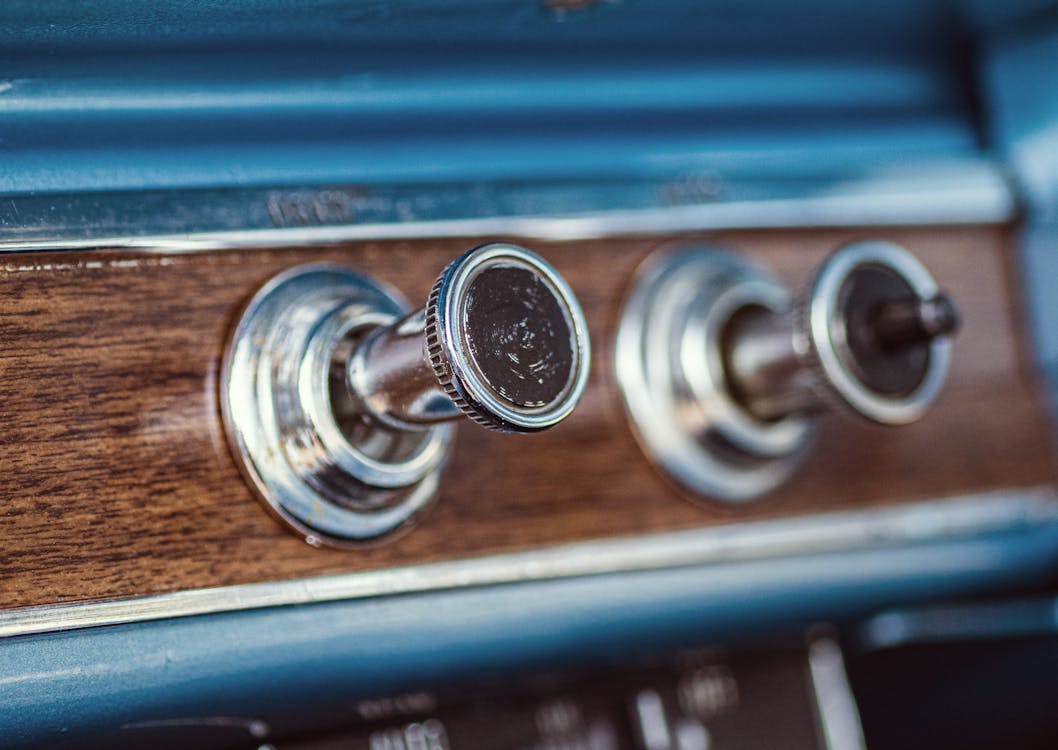
For the past decade, automobile insides have actually been rapidly developing toward smooth, screen-dominated control panels. Touchscreens replaced conventional handles, sliders, and switches in what many thought was the inescapable march of development. Yet, in an unexpected spin, physical switches are silently making their back right into contemporary lorries. The change signals greater than just a timeless nod-- it's a response to real-world comments from motorists desire simpleness, security, and responsive satisfaction.
The Digital Overload Dilemma
When touchscreens first started taking control of control panels, they seemed like the future: tidy, personalized, and packed with features. They removed clutter and enabled automakers to streamline their insides with fewer physical components. Yet as even more features were buried within electronic menus, drivers started to articulate problems.
Touchscreens usually call for several steps to perform basic tasks like adjusting the climate or changing the radio terminal. Unlike buttons, they do not have the instinctive muscle mass memory that allows a vehicle driver to transform a setting without taking their eyes off the road. With so much taking place on-screen, it becomes all too simple to obtain sidetracked-- something nobody desires when taking a trip at highway speeds.
The Return of Tactile Functionality
One of the greatest benefits of buttons is their responsive comments. You can feel them without requiring to look. This sensory support makes them not just practical but more secure for vehicle drivers. When your hand intuitively knows where the volume handle is or exactly how much to push a switch to trigger the defrost, it lowers the need to glimpse down or away from the road. And while touchscreens supply convenience for infotainment and navigating, the essential daily features-- like risk lights, audio controls, and HVAC-- really feel better suited to physical controls.
As a matter of fact, several drivers who previously spoke highly of digital systems have expressed recognition for newer versions that blend contemporary appearances with the sensible feeling of conventional controls. It's not concerning turning down advancement-- it's about improving use.
A Balanced Design Philosophy
Designers have check out here actually noticed this shifting view. As opposed to abandoning displays, they're reassessing how they're incorporated. The very best interiors currently strike an equilibrium between electronic versatility and analog precision. That suggests strategically placing switches for essential features while using digital interfaces for apps, navigation, and media.
This hybrid strategy is especially preferred in vehicles created for long-distance driving or families. The simplicity of pushing a switch without screwing up through a menu makes a huge distinction when you're trying to stay focused, comfy, and secure. Also in lorries known for sophisticated tech, a simple rotating dial or tactile control can be the feature that gains vehicle drivers seeking thoughtful layout.
Buttons and the Emotional Connection
There's additionally something distinctively psychological regarding buttons. They bring a particular level of involvement that touchscreens simply do not replicate. Pushing a switch or transforming a dial feels like you're physically interacting with your automobile-- it adds a layer of connection that makes the driving experience extra delightful.
For those thinking about used Chevy cars, automobiles from current years usually use the most effective of both worlds: responsive touch user interfaces paired with traditional physical controls. These versions bridge the gap between technology and knowledge, making them excellent for motorists that appreciate contemporary functions without compromising convenience of use.
Technology Isn't Just About Screens
It's simple to conflate innovation with displays, but real technology indicates enhancing the chauffeur experience. In this light, switches are a kind of wise layout. They're quick, accurate, and do not demand focus. As automobile layout comes to be progressively driver-centric, benefit and intuitiveness take spotlight.
This likewise connections directly right into the resale and trade-in value of vehicles. Automobiles that prioritize straightforward attributes tend to age far better in the eyes of future purchasers. If you're considering a Chevrolet trade in, understanding that your existing automobile provides an attentively made interior, total with easily accessible controls, can have a positive effect.
The Future Is Functional
As automobile manufacturers re-evaluate the function of user interfaces in the cabin, they're directed by vehicle driver feedback and real-world functionality researches. The resurgence of buttons doesn't signal a return to the past-- it's an advance in thoughtful, user-first layout. It recognizes that progression does not constantly mean eliminating the old but integrating it in such a way that makes driving safer, simpler, and much more pleasurable.
If you're in the market and exploring Chevy new car deals, keep an eye on just how different models handle their interior controls. It's not practically the touchscreen dimension-- it's regarding how the vehicle aids you stay concentrated on the road while making your day-to-day commute extra user-friendly. Buttons could not be the flashiest attribute, but they're promptly turning into one of one of the most appreciated.
For even more understandings right into automotive trends, interior design advancements, and wise vehicle shopping suggestions, make certain to check back routinely. We're always upgrading the blog with fresh concepts to aid you browse the road ahead.